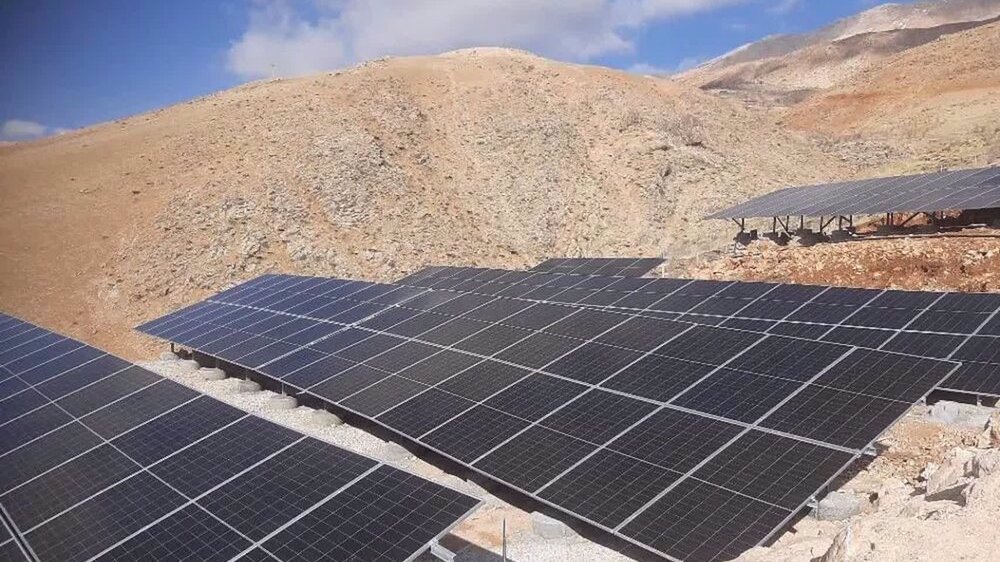Can US shale oil replace Iranian crude?
The US hopes to become the biggest gainer of its sanctions on Iran, looking to push its shale oil on Asian customers. However, energy experts believe it is unthinkable that the US-produced crude can replace Iranian grades.
Spot purchase contracts from the US are reportedly on the rise, with refiners said to be coming under pressure from their governments to tie up long-term contracts.
India’s gas transportation company GAIL, oil marketing firm BPCL and its largest oil refiner IOC have already sealed deals for supplies of US crude.
Two South Korean refiners have also bought an unspecified amount of US superlight to test it as a potential replacement for Iranian condensate.
South Korea is a major importer of Iranian condensate, used to produce naphtha, a feedstock for petrochemicals, but the country is now the top buyer of US seaborne supply.
The rig count in the US has reportedly risen sharply in the past few months, amid estimates that the US will pump 5 million barrels of crude oil for exports next year.
If the US hits that target, America will be exporting more crude than every country in OPEC except Saudi Arabia.
American producers whose complex web of pipelines, tanks and export terminals has made the US the world’s top oil producer are coveting the world’s biggest oil-consuming region - that is Asia - with unbelievable avarice.
They have specially thrived on the profit-centric policies of the Trump administration, riding roughshod on climate concerns and putting some key producers such as Iran and Venezuela in a chokehold.
However, US shale producers’ courtship in Asia appears on the rocks even before the honeymoon begins.
Refining headache
They are already causing a headache for refiners due to the presence of problematic metals as well as a class of chemical compounds known as oxygenates, which affect the quality and type of fuel they produce.
According to Bloomberg, two refiners in South Korea have rejected cargoes in recent months due to contamination that makes processing difficult.
SK Innovation Co. and Hyundai Oilbank Co. turned away their purchased shipments of Eagle Ford crude that were due to arrive in January and February due to quality issues.
“Since the surge in US tight oil formation crude output, there have been persistent quality issues, particularly on consistency,” said John Driscoll, the chief strategist at industry consultant JTD Energy Services Pte Ltd.
That’s causing uncertainty around US oil quality, unlike purchases from the Middle East, where quality is stable, said Sebastien Bariller, senior vice president at South Korea’s Hanwha Total Petrochemical Co.
US propaganda
Energy analysts say the theory that US shale oil will help consumers around the world is largely Washington propaganda.
The specifications of shale oil are different from the Iranian and Venezuelan crude, making any replacement unlikely.
According to Italian newspaper Il Sole, the US sanctions are harming not only the two OPEC producers but the entire global oil market.
The sanctions have decreased the availability of crude oil with higher sulfur content and medium or high density. This means many Asian refineries which are built according to Iranian crude specifications will suffer.
“The cost of supplies, already rising, could increase again, which would put pressure on refining margins,” Il Sole said.
“Under no circumstances can US shale oil substitute Iranian crude because firstly, it has both lower yield and secondly, it is much more expensive than Iranian oil. Hence, the market does not like shale oil,” oil expert Reza Padidar told IRNA on Tuesday.
Iran crude least costly, shale oil most expensive
The cost of shale oil and shale gas is significantly higher than traditional crudes, where fracking each well requires a vast amount of chemicals, sand, and water.
Experts estimate the average cost of production of shale oil in the US is about $48 per barrel. That compares with $8 for Iranian crude, the cheapest oil production rate in the world.
“This production cost in Saudi Arabia is $10 and $12 elsewhere in the Persian Gulf, while the cost of producing oil in European countries, including Norway and Scotland, is about $30-$35. The cost of shale oil is three times these figures,” Padidar said.
In January, the Wall Street Journal published results of a study which showed fracked shale oil wells were drying up faster than expected.
“Two-thirds of projections made by the fracking companies between 2014 and 2017 in America’s four hottest drilling regions appear to have been overly optimistic,” the newspaper reported.
Russia: Threats of using military force against Iran’s nuclear sites ‘unacceptable’
VIDEO | Ramadan in Iran
VIDEO | Trump's controversial moves
VIDEO | Yemen downs 15th sophisticated American drone; vows to keep up support for Gaza, Lebanon
Power generated by Iran’s only nuclear plant at over $8bn: Report
Israel’s Ben Gvir to Netanyahu: Bomb aid deliveries into Gaza
VIDEO | Israel seizes administration of Ibrahimi Mosque, sparking Palestinian outrage
UN envoy warns Israel against ‘unacceptable’ military escalation in Syria












 This makes it easy to access the Press TV website
This makes it easy to access the Press TV website